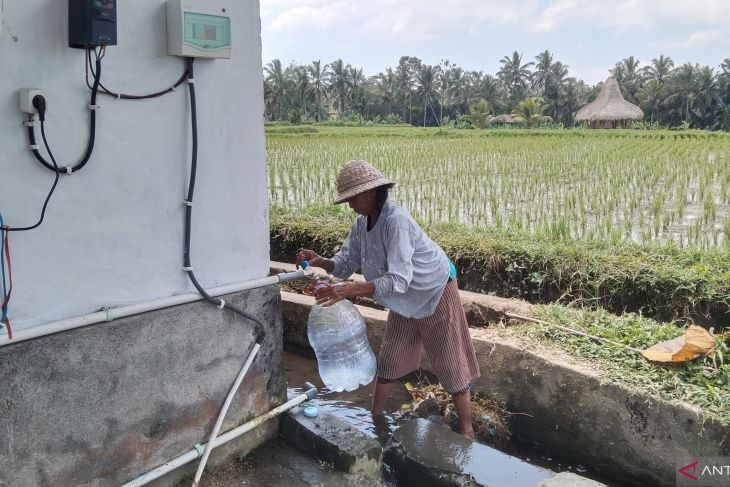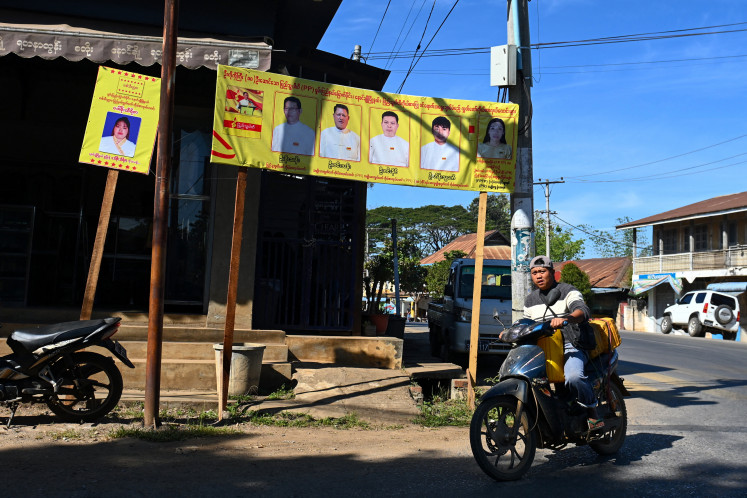Popular Reads
Top Results
Can't find what you're looking for?
View all search resultsPopular Reads
Top Results
Can't find what you're looking for?
View all search resultsHow sustainability initiatives influence transfer pricing analysis
As businesses integrate sustainability initiatives beyond the now familiar rhetoric of ESG, they should also adjust their transfer pricing analysis to accurately capture the resulting transformative changes in how they do business.
Change text size
Gift Premium Articles
to Anyone
 Clean energy: A farmer refills an empty gallon jug on Sept. 2, 2023 with water from a community well in Keliki village, Gianyar regency, Bali. The well uses a pump that runs on energy from a solar power plant, which was provided by state oil and gas giant Pertamina to support Indonesia’s transition to clean energy. (Antara/Dewa Ketut Sudiarta Wiguna)
Clean energy: A farmer refills an empty gallon jug on Sept. 2, 2023 with water from a community well in Keliki village, Gianyar regency, Bali. The well uses a pump that runs on energy from a solar power plant, which was provided by state oil and gas giant Pertamina to support Indonesia’s transition to clean energy. (Antara/Dewa Ketut Sudiarta Wiguna)
In 1983, the United Nations established the World Commission for Economic Development (WCED) to explore the intricate interconnections between ecological well-being, economic impact and social equity. By 2015, the UN had introduced the 17 Sustainable Development Goals (SDGs) for achieving by 2030, heralding a global commitment to addressing issues related to people, the planet, prosperity, peace and partnership.
Sustainability is defined in the WCED’s 1987 Brundtland Report as “meeting the needs of the present without compromising the ability of future generations to meet their own needs”.
Today, leading businesses have expanded their integration of sustainable practices into their operational strategies, prioritizing these practices over purely metric-driven considerations typically associated with the environment, social and governance (ESG) jargon.
Several pivotal reasons drive these efforts.
First, to comply with government regulations, businesses are subject to mandatory sustainability reporting (SR) in aligning their operations with the SDGs. Financial Services Authority (OJK) Regulation No. 51/2017 initially stipulated a preparation deadline for public companies and financial services institutions by 2019 and 2020.

















